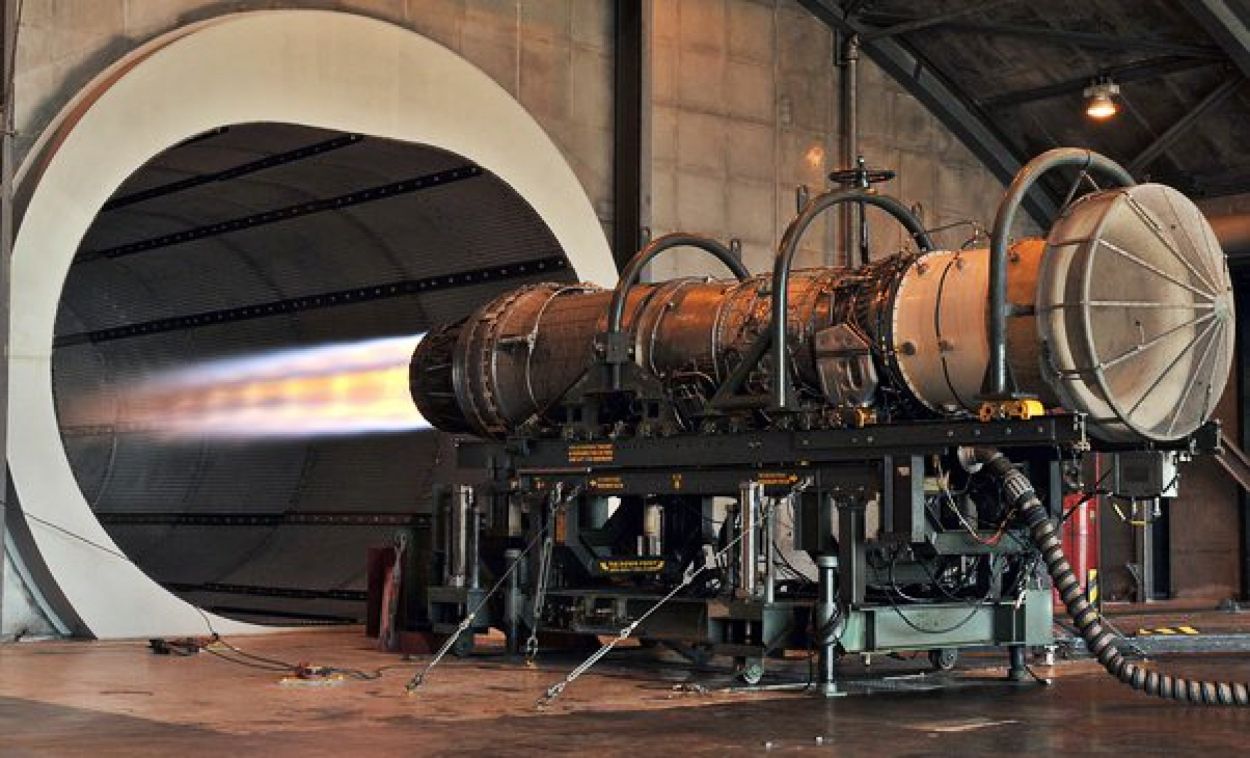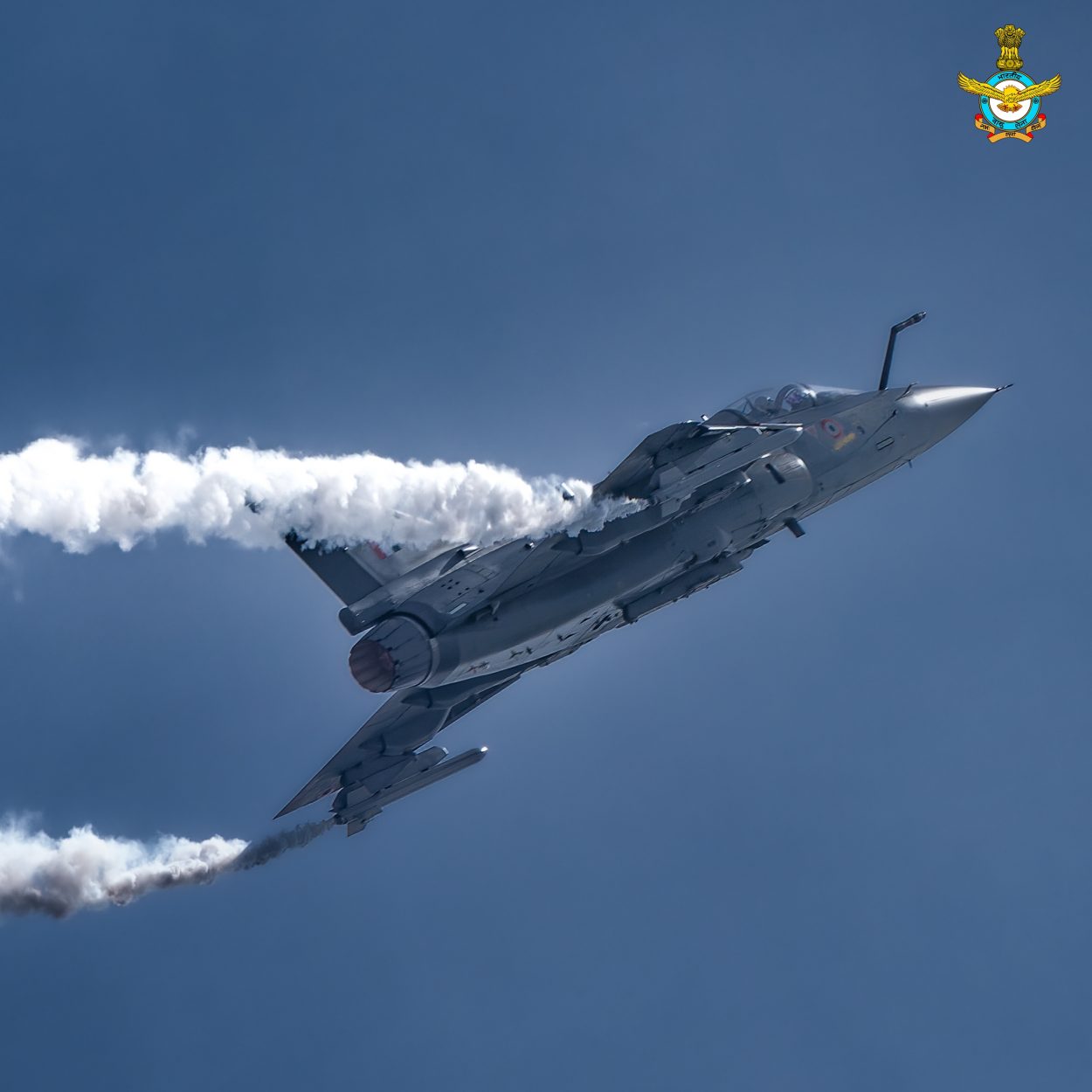By Vaishali Basu Sharma
Indian Prime Minister Narendra Modi’s first official visit to the United States on June 21-24 focused on defense and technology.
In a landmark deal that gives a massive boost to ties between the US and India, General Electric (GE) Aerospace signed a Memorandum of Understanding (MoU) with Hindustan Aeronautics Limited (HAL) on June 22, to produce fighter jet engines for the Indian Air Force.
Chinese Aggression, Russian War Cements India-US Ties But New Delhi’s ‘Ultimate Balancer’ Strategy May Not Match US’ Expectations: Ex-Indian General
GE Aerospace declared this pact marks “a major milestone” and is “a key element in strengthening defense cooperation between the two countries.” The agreement includes the potential joint production of GE Aerospace’s F414 engines in India, for which it is working with the US government to receive necessary export authorization.
Experts Speak
Air Marshal LK Malhotra, AVSM, VSM, told the EurAsian Times, “India lacks the technology to build aero engines, especially about metallurgical capabilities to make turbines.”
Air Marshall Malhotra, who served as the Deputy Chief Operations of the distinguished Integrated Defense Staff, is confident that “GE 414 would be able to fill this gap in our aircraft production and boost defense capability. But will this be an end to the Make in India program?
Possibly all future aircraft designs will be restricted to fit these engines. Can we make some changes to the engine design? Will we be able to sell aircraft with these engines? Waiting to see the fine print.”
Serving IAF official linked to the LCA Tejas told the EurAsian Times on condition of anonymity – “Engine deal is an imminent necessity simply because we don’t have a certified engine of our own, but our aircraft design is in the final stages. Even car designers in India are importing engine technology”.
“Indigenous aero engine is essential in the long run; otherwise, we will remain slaves to external sanctions, etc. Prospective engine ToT from the US, as of today, has no bearing, positive or negative, on indigenous engine development.”
Another IAF expert was quoted saying, “Jet engine technology is widely regarded as the ‘holy grail,’ coveted by many but possessed by only a select few nations. Because the US has not shared jet engine technology with any but its most trusted treaty allies, this deal is tremendously significant and indicates the gravity that the US places on its strategic convergence with India.”
Vital Deal
This deal is tremendously significant because the US has not shared jet engine technology with any but its most trusted treaty allies. The US can sell India the engines, yet it has chosen a non-ally nation to transfer this technology.
Any technology transfer could imply putting sensitive intellectual property at risk. The fact that the GE-HAL deal has gone through indicates the gravity that the US places on its strategic convergence with India, especially in the context of the Indo-pacific.
India bought 99 F414 engines from the United States in 2010 for $650 million, and it also received a handful of off-the-shelf engines for prototype testing. Under the terms of the agreement, a portion of those engines would be manufactured in India. The engines would power India’s Tejas Light Combat Aircraft MkII, an indigenous fighter that has faced repeated production delays.
The Biden Administration has decided to bolster the original deal, which will involve transferring even more technology to enhance Indian manufacturing.
The agreement includes the potential joint production of GE Aerospace’s F414 engines in India, supporting the Indian Air Force’s Light Combat Aircraft MkII program. This is also significant regarding technology transfer because fighter jet engines are highly complex.

The design and manufacturing processes associated with everything from the housing to the individual turbine blades have been refined through decades of development and the generations of engines that preceded the F414. In addition, GE will continue collaborating with the Indian government on the Advanced Medium Combat Aircraft (AMCA) MkII engine program.
Never Allies But Always Friends
Why is the US sharing advanced fighter engine technology with India now? Most importantly, India has an excellent track record of reliability and security. India and the US may not be allies, but their shared commitment to genuine democratic values and shared concerns about China’s growing geostrategic ambitions across both the Pacific and Indian Oceans are at the helm.
The deal would build on existing defense cooperation with India, generally, and jet engines, specifically India. With over four decades of presence in India, GE Aerospace has a strong track record in the industry, including engines, avionics, services, engineering, manufacturing, and local sourcing. GE’s F414 engines are unmatched. The F414s will offer important economic and national security benefits for both countries.

It serves America’s geopolitical interests and Indo–Pacific strategy to continue strengthening ties with India, enhancing India’s military capabilities and the defense-related linkages between India and the US.
During his meeting with GE’s CEO, H Lawrence Culp Jr., PM Modi appreciated the company’s long-term commitment to manufacturing in India.
GE began working with the Aeronautical Development Agency and HAL to support the development of India’s Light Combat Aircraft (LCA) with F404 engines. Culp declared, “This is a historic agreement made possible by our longstanding partnership with India and HAL. We are proud to play a role in advancing President Joe Biden and PM Modi’s vision of closer coordination between the two nations.”
Any revolutionary technology transfer has massive implications in terms of trust in the bilateral relationship and transfer despite the risks of falling into the wrong hands or being reverse-engineered by an adversary.
The deal is, therefore, the result of serious considerations. India is now the world’s most populous country with the third-largest defense budget, and as an emerging great power, leading crucial forums like the G20 and SCO has the potential to become a closer geopolitical partner for the US.
Furthermore, Washington hopes that the transfer of jet engine technology would wean India away from its traditional dependence on Russian hardware, particularly amid concerns about Russia and China exploring a broader bilateral agenda.
- Vaishali Basu Sharma is an analyst of strategic and economic affairs. She has worked as a consultant with India’s National Security Council Secretariat (NSCS) for nearly a decade. She is presently associated with the New Delhi-based think tank Policy Perspectives Foundation.
- The author can be reached at postvaishali (at) gmail (dot) com.




